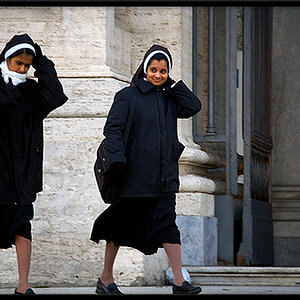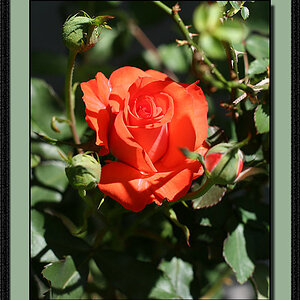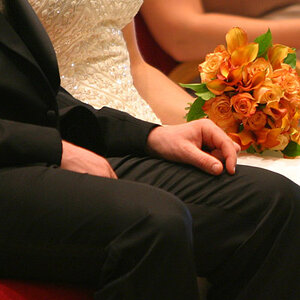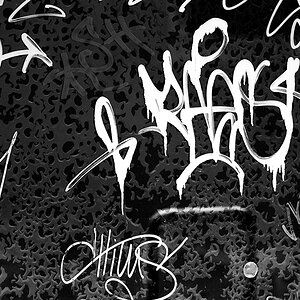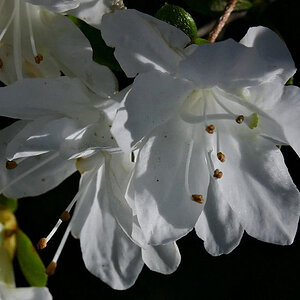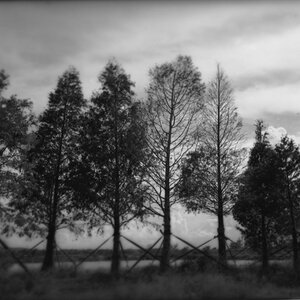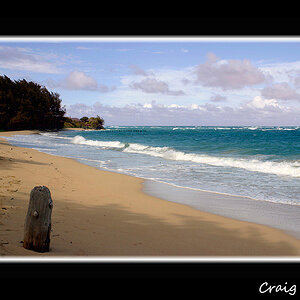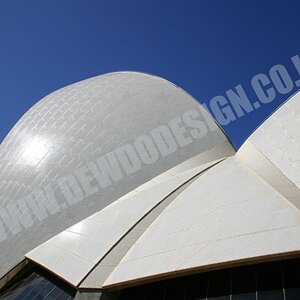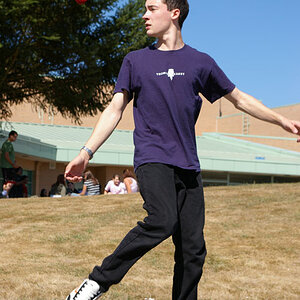- Joined
- Sep 2, 2005
- Messages
- 14,455
- Reaction score
- 3,328
- Can others edit my Photos
- Photos OK to edit
Yeah, I'd like to take a crack at doing the HDR of your evil dining room.
BTW, the scenario you describe (sunny day, dark interior) is exactly what the HDR thing is for... and why I use them... so, I doubt that was the issue.
If the files are not massive and you don't have more than 5-7 of them, you can email them to me at...
[email protected]
(remove all the capital Hs)
BTW, I find I generally run the "strength" between 80 and 100... didn't even occur to me you would want to do less, but I may have to try that now.
BTW, the scenario you describe (sunny day, dark interior) is exactly what the HDR thing is for... and why I use them... so, I doubt that was the issue.
If the files are not massive and you don't have more than 5-7 of them, you can email them to me at...
[email protected]
(remove all the capital Hs)
BTW, I find I generally run the "strength" between 80 and 100... didn't even occur to me you would want to do less, but I may have to try that now.




![[No title]](/data/xfmg/thumbnail/34/34058-276eb00b31d5bfacf4028e7f729dc601.jpg?1619736257)

